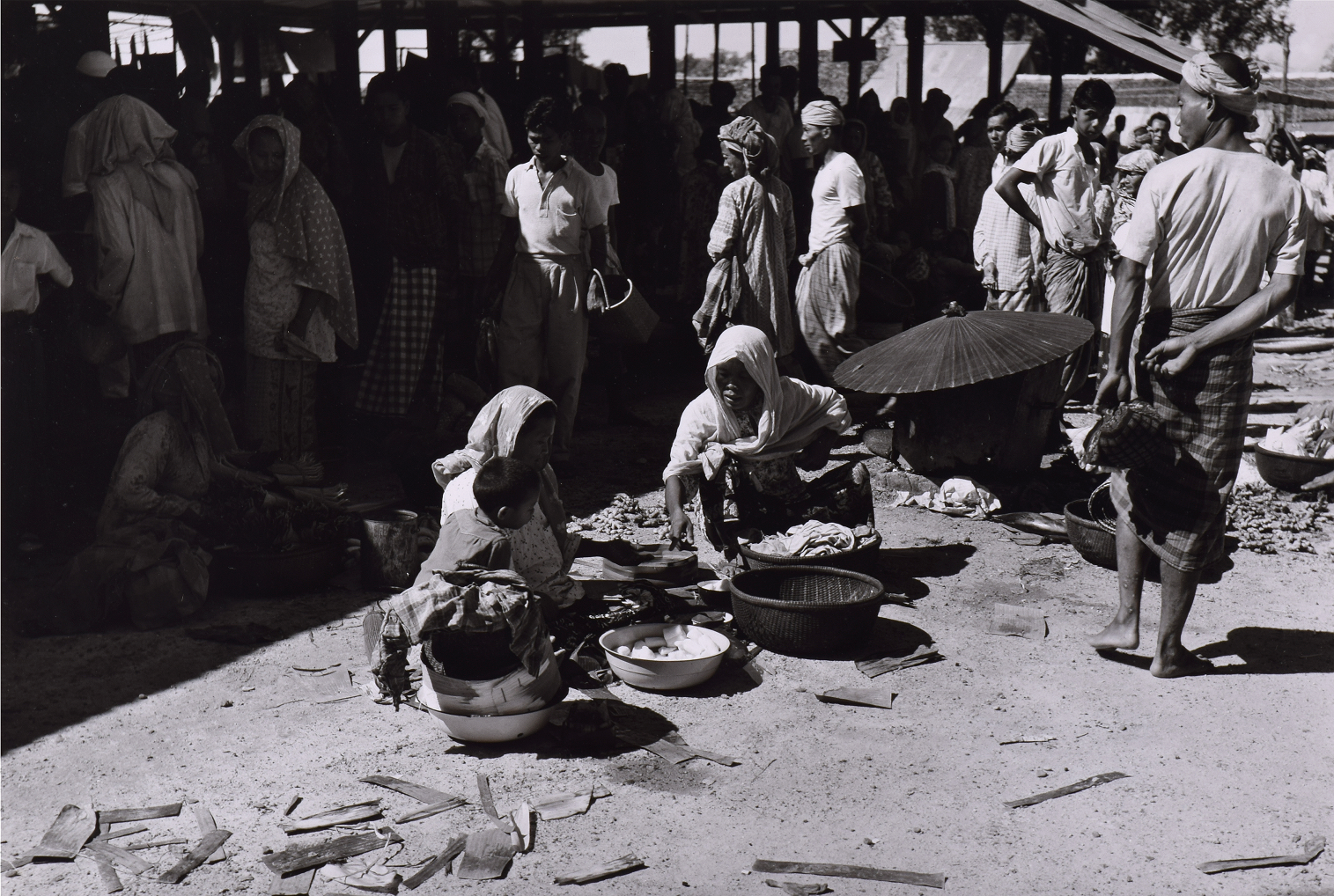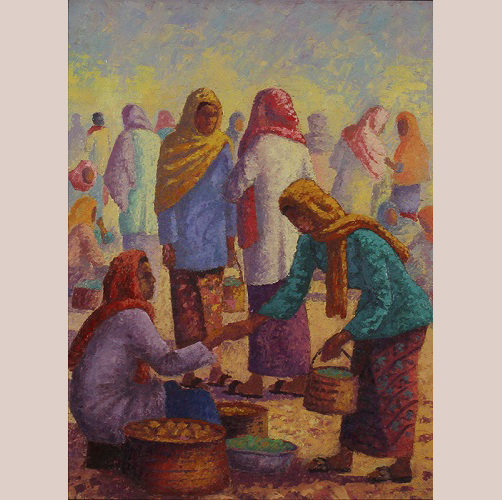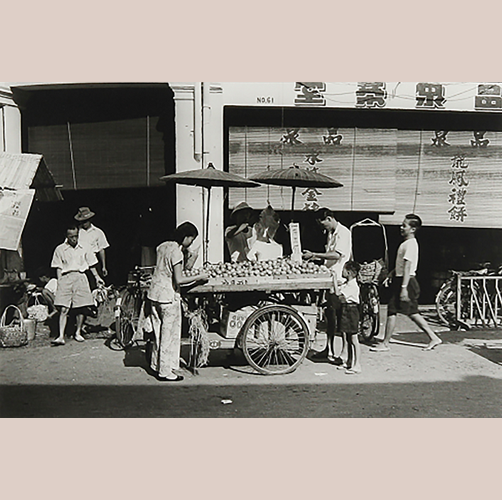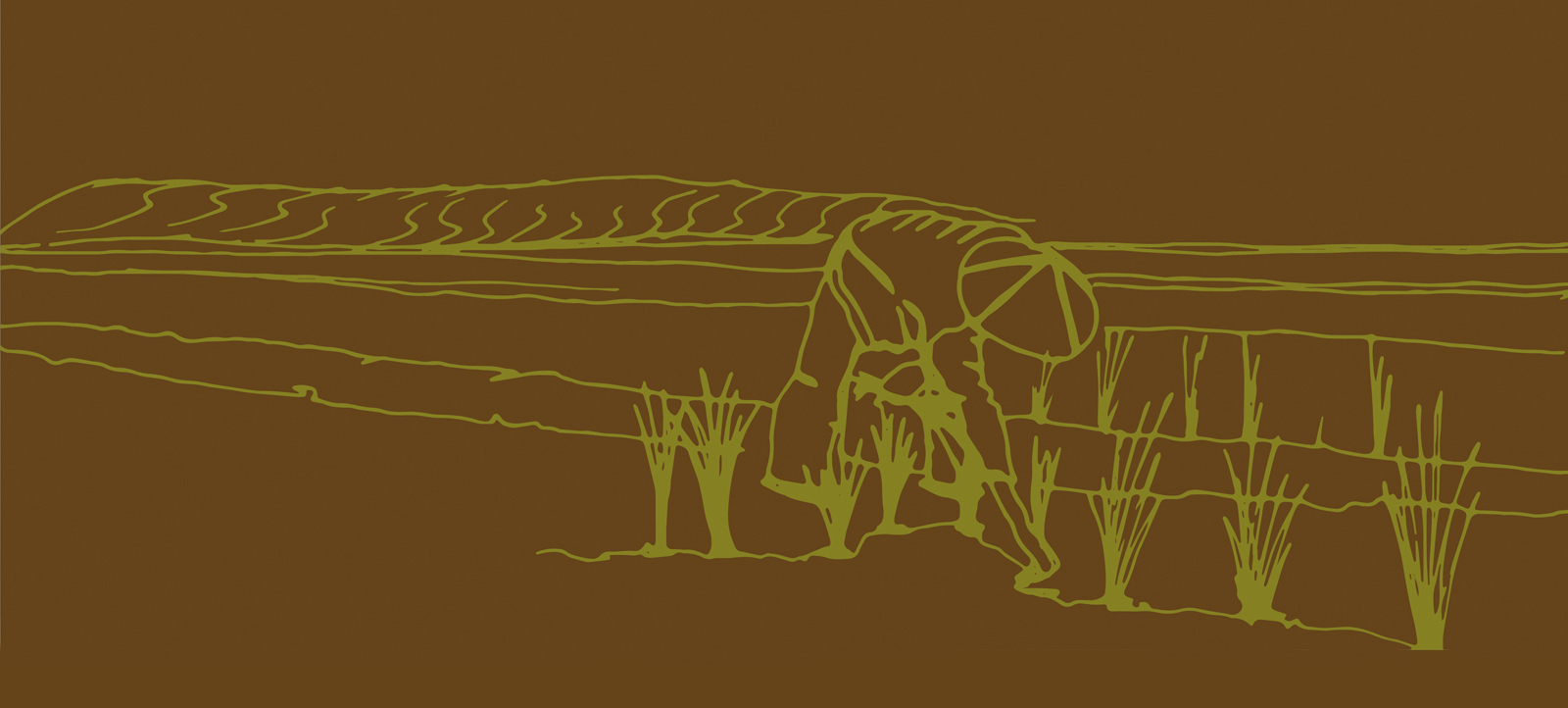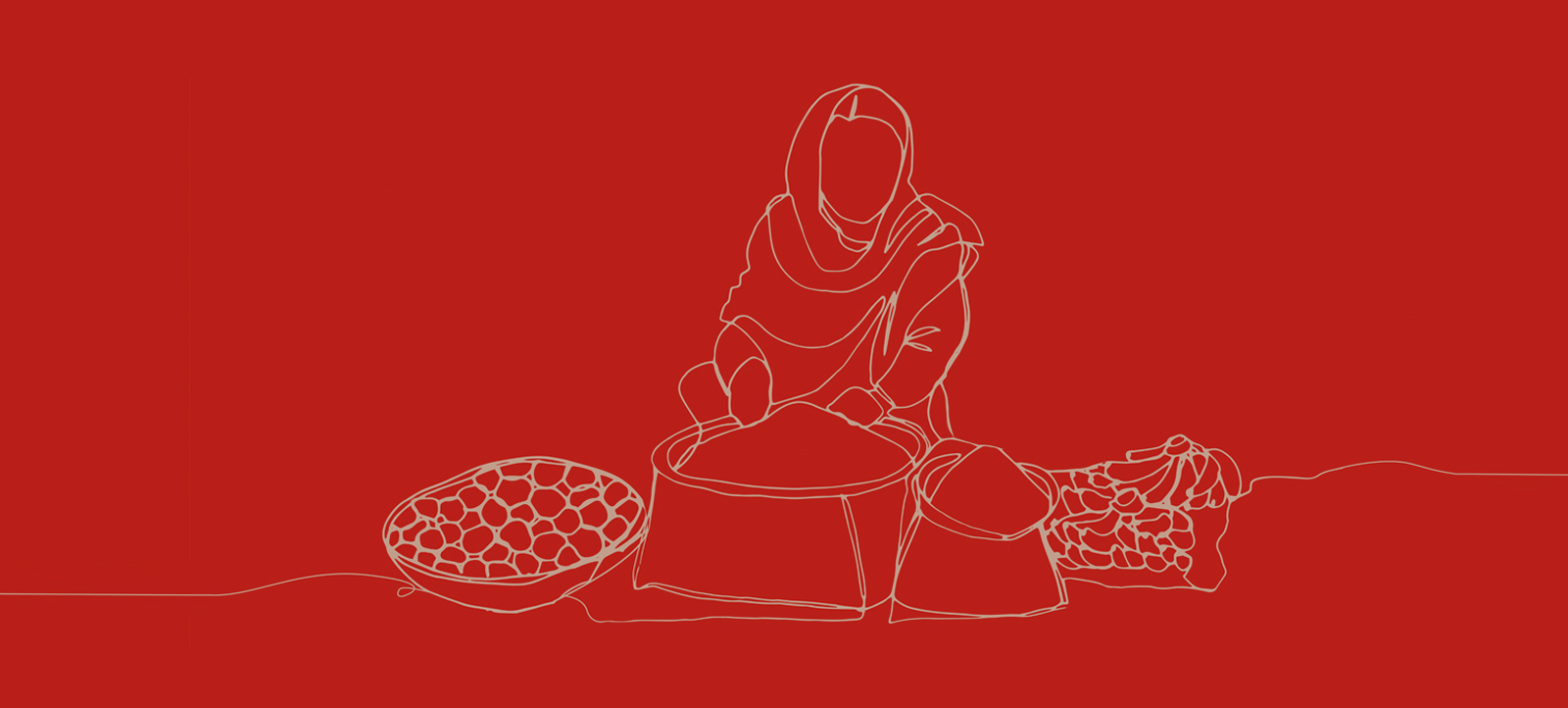The strategic geographical location of Malaysia has always made it an ideal loction for trade, especially during the era of the Malacca Sultanate in the 15th century. One of the main shipping lane routes for merchants was the Straits of Malacca that connected major Asian economies and thus, economic resources, especially from China and Indian subcontinents. At the ports, transactions that had occurred between the traders were then sold to the local community.
Many towns began to sprout across states near economic resource centres. As trade relationships and colonisation took place, naturally, the population of Malaya and Borneo continued to grow, and so did different day-to-day needs and wants. As a result, the variety of items offered by hawkers and traders, either on the streets or in physical stores, expanded! In the early stages, many sellers were seen selling items such as produce from farms, paddy fields, seas and rivers, and merchandise such as spices and fabrics.
The photographic work of the late Sultan Ismail Nasiruddin Shah, ‘Pasar Tepoh, Terengganu’ was captured in 1959, displaying typical activities that one might find in a market. Here, two women are seen selling boiled sweet potatoes, a popular local snack.
In selling their goods, traders used a variety of apparatus and methods such as woven baskets as seen in ‘Market Day in Kelantan’ by Harun A. Bakar and ‘Durian Sellers’ by Chuah Thean Teng, and tricycles as seen in ‘Trade Tricycle 1957’, also photographed by the Sultan of Terengganu, Almarhum Sultan Ismail Nasiruddin Shah.
Today, markets in Malaysia remain colourful, filled with the hustle and bustle of traders and buyers from the local community. By visiting these markets, both foreign and local tourists get a taste of the Malaysian culture and traditions, while witnessing unique trade activities that often involve price bargaining. Among the famous markets are the Siti Khadijah Market (Kelantan), Chowrasta Market (Penang), and Tamu Market (Sabah). Besides farmers’ markets, Malaysia is also home to many night and flea markets selling used and antique items. Today, old markets still stand strong together with new the growth of supermarkets, shopping complexes, and e-markets, all contributing towards the country’s economy in the 21st century.

